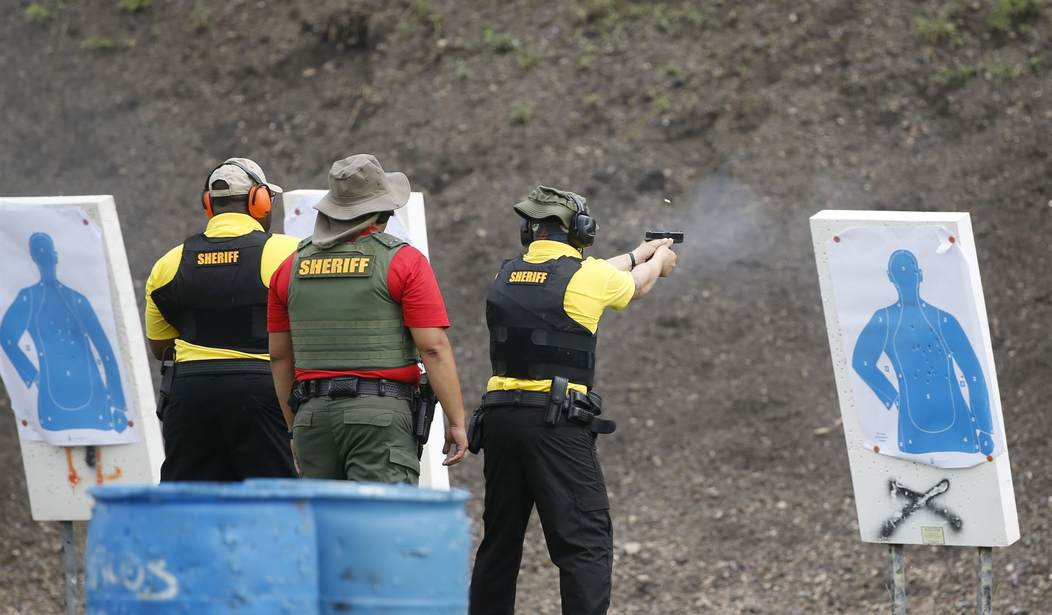There are a lot of problems with studies that take a look at anything to do with firearms. For one thing, the researchers are often looking at ways to vilify gun owners, so that’s kind of an issue. Other times, the studies are poorly designed and thus become absolutely meaningless.
However, sometimes studies do suggest reasons for what are perceived to be major problems. That’s what one study out of Colorado State University may have just done.
The “gun embodiment effect,” or the likelihood that someone holding a gun perceives that another person also has one, may explain police shootings of unarmed individuals, a study from Colorado State University researchers suggests.
The findings of CSU psychology faculty Jessica K. Witt and Jamie E. Parne, along with Nathan L. Tenhundfeld of the University of Alabama, appear in Cognitive Research: Principles and Implications. In their experiment, 212 students at CSU stood five feet away from a television screen, holding a pretend gun or a spatula. On the screen were movies of a masked individual holding a gun or a shoe.
Researchers calculated “false alarm” rates indicating when the participant believed there was a gun when it was actually the shoe. Those participants holding a spatula were slightly more likely to correctly see the shoe than those pointing the fake gun.
Witt argues that this effect, when extrapolated out to society as a whole, may account for thousands of incidents where unarmed people are believed to have firearms.
This is interesting, to say the least. Especially since this undermines the “systemic racism” claim that’s usually cited as reasons for many of these incidents.
However much I might like for something like this to explain the issue, there are problems with the study.
For one, while 212 students isn’t an awful sample size, it’s still too small to really convince me that there’s no chance of statistical noise. Further, these are students, not trained police officers, soldiers, or others who have undergone some kind of training that requires them to differentiate between a gun and a shoe.
In other words, the populations used were so vastly different as to make the study meaningless. Yes, students misidentified the object in the subject’s hand, but would a police officer? Probably not.
While it would be a neat little theory to explain the issue without resorting to calling police officers evil racist bastards, the truth is that this study doesn’t quite do it.
Instead, it provides an interesting framework for future studies, preferably with law enforcement officers instead of untrained students. If nothing else, it may illustrate the importance of training and perhaps spur departments to spend more on training officers to differentiate between different objects in an individual’s hands.
As it stands, this study has some holes, but it’s still one worth considering. This is especially true for armed citizens. While private citizens often spend more time and money on training that police officers, many others are quite content with just going to the range from time to time and spending no time making sure it’s a gun in the bad guy’s hand and not something else.
While a lot of firearm-related studies are crap, this one has some useful potential.








Join the conversation as a VIP Member